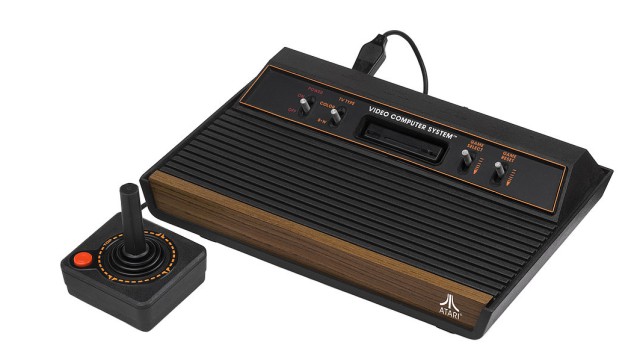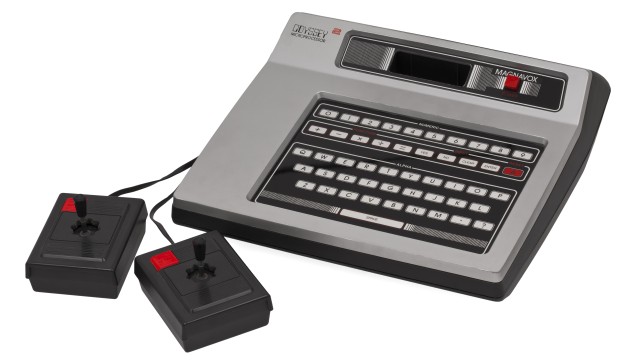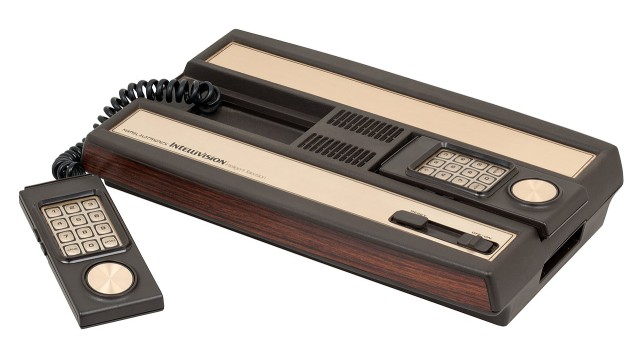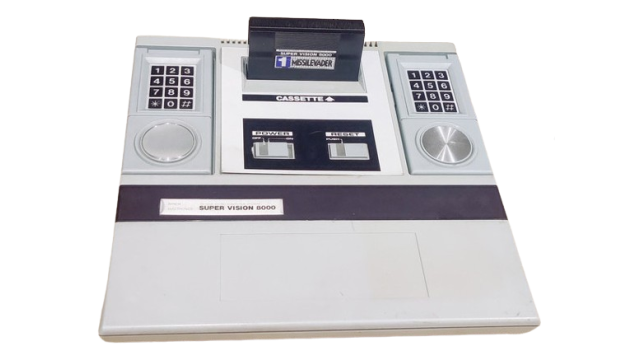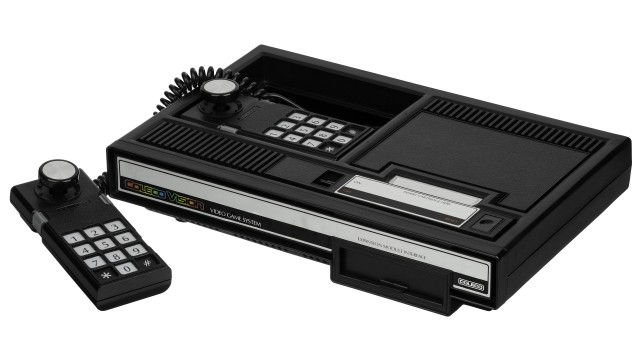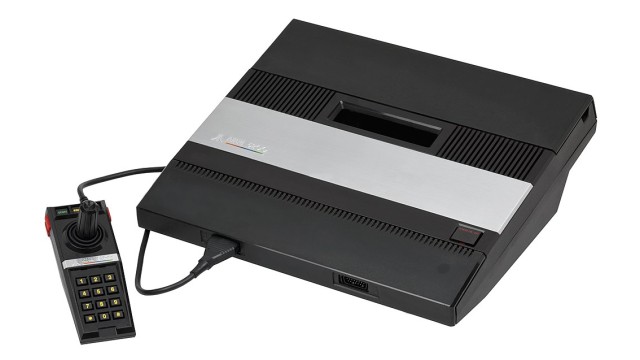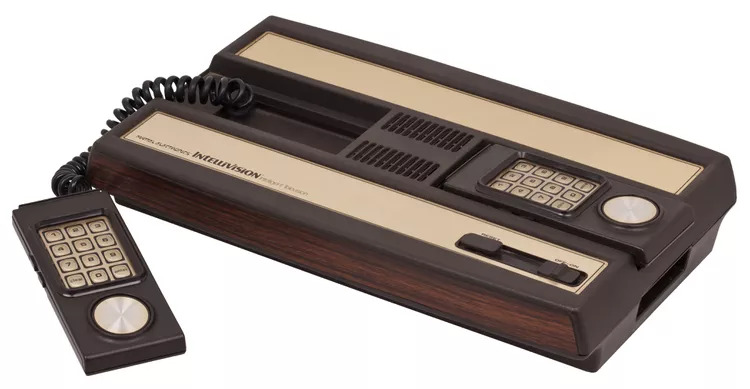
The 2nd generation consoles
The second generation of video game consoles began in the second half of the 1970s with the arrival of the Fairchild Channel F in 1976, and most notably the Atari 2600 in 1977, which was the most popular and successful of its generation. It was originally called the Atari VCS and achieved great success, making the Atari brand synonymous with video games in the late 1970s and early 1980s. Atari's dominance that came from the previous generation, tried to be answered by Colecovision with twice the colors and Mattel's all-powerful Intellivision that carried the first 16-bit processor in the history of consoles. It was by far the most realistic in graphics and especially sound that could be achieved on home computers. Colecovision achieved a not inconsiderable 6 million units sold, and Intelivision, which in its first year sold half a million units, remained at 2 million. Not long after, Atari 5200 was launched, trying not to be left behind by Coleco and Mattel, but the video game crisis of the early 80's and the arrival of microcomputers to homes, sank the sales of all systems, with the only exception of Atari 2600, which continued to have some pull until the 1990s.
Other video game consoles also appeared in this generation, such as Nintendo's tv-game 6, and Sega's SG-1000, which were not very popular at that time since, the success was with Atari (as previously reported), but some time later these two companies would have a great success with the arrival of the third and fourth generation.
2nd generation consoles list
This is a list of the most important 2nd generation consoles and your characteristics.
